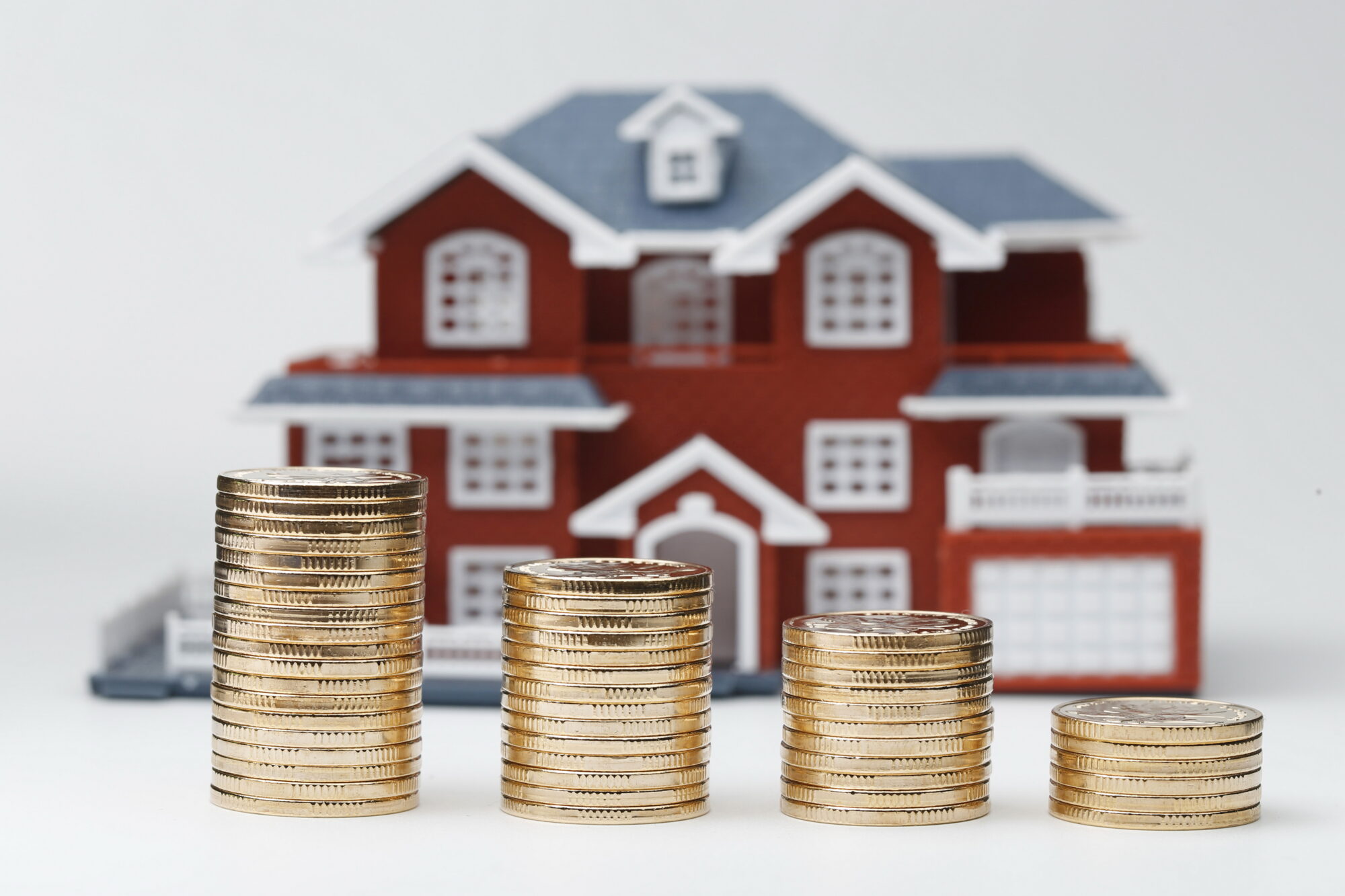With a GDP contribution of roughly 6-7%, the real estate industry is one of the foundational cornerstones of the Indian economy. For millions of individuals, it is a significant source of employment and income. However, the industry has been dealing with a number of issues, including high taxation, a lack of transparency, regulatory barriers, and a liquidity constraint. By streamlining the tax code, lowering taxes owed, and boosting compliance, the introduction of the Goods and Services Tax (GST) in 2017 was anticipated to help the industry.

Under the former system, several taxes on real estate transactions, including VAT, service tax, stamp duty, and registration fees, were combined into one indirect tax known as GST. Only properties that are still being built are subject to GST; however, homes that are finished or ready to sell are exempt from GST if they have received a completion certificate or have been occupied for the first time. The sale of undeveloped or developed plots is likewise exempt from the GST.
Since their establishment, the GST rates for real estate transactions have experienced numerous adjustments. Input tax credit (ITC) rates for affordable housing developments were initially set at 8% and 12%, respectively. ITC is a procedure that enables the builders to claim credit for the taxes paid on inputs like cement, steel, etc. Nevertheless, this system faced criticism for its complexity, susceptibility to leaks, and lack of utility to the final user.
The GST Council increased the rates and eliminated the ITC credit for housing projects in March 2019. The new rates for non-affordable housing projects are 5% without ITC while for affordable housing projects they are 1% without ITC. Affordable housing projects are those whose total cost to the builder does not exceed Rs. 45 lakh and whose carpet area is up to 60 square metres for metropolitan areas and up to 90 square metres for regional cities and towns. The old rates and the new rates are both available to builders for active projects starting on April 1, 2019.
GST has thus far had a mixed effect on the real estate market. On the one hand, the GST has improved tax structure uniformity and clarity while minimising the cascading effect of other levies. By putting more transactions within the formal system, it has also increased the sector’s accountability and transparency. However, the absence of the ITC and higher tax rates on key commodities, such cement, have increased the cost of building for builders as a result of the GST. As a result, builders now have reduced profit margins and purchasers now pay higher prices.
The effect of GST on buyers will vary depending on a number of variables, including the property’s location, kind, size, and degree of completion. The GST has no direct effect on purchasers of finished or ready-to-sell houses because they are exempt from it. However, depending on the state legislation, they can be required to pay greater stamp duty and registration fees. Depending on whether they are purchasing an affordable or unaffordable housing project and whether they are purchasing from a builder who has chosen the old or new rates, GST may have a beneficial or negative effect on buyers of residences that are still under construction.
The GST has benefited purchasers of affordable housing projects since it decreased the effective tax rate from 8% with ITC to 1% without ITC. For buyers, particularly those who qualify for subsidies under programmes like the Pradhan Mantri Awas Yojana (PMAY), this has increased the appeal and affordability of affordable housing. GST may be detrimental to purchasers of unaffordable housing projects since it raises the effective tax rate from 12% with ITC to 5% without ITC. For purchasers who do not receive any ITC benefits, this has raised the cost of purchasing a property.
Depending on whether builders are able to pass on the ITC benefit to purchasers who are buying from builders who have chosen the previous prices with ITC, GST may have a neutral or positive impact. GST might have a detrimental effect on purchasers who are purchasing from builders who have chosen the new rates without ITC because they must pay the additional cost of building without receiving any compensation.
Therefore, before purchasing a home, buyers should consider the GST implications and weigh their options. They should also confirm whether their builder has chosen the old or new rates and whether they are receiving any ITC benefits.
In India, there are several new flat options available in a variety of towns and areas. You can browse online resources like Magicbricks, 99acres, Housing.com, etc. to find thousands of homes posted by developers, dealers, and owners. Additionally, you can look through a variety of residential projects that are planned for or now being built in various cities and regions. You can narrow down your search depending on your criteria, such as price range, neighbourhood, size, amenities, etc., and compare several properties according to their specifications, costs, ratings, reviews, etc. Through the platforms, you can also get in touch with the sellers directly and bargain for the best price.
When purchasing a new flat in India, you need take into account a number of factors, including:
- One of the key elements affecting a property’s worth and desirability is its location. You should pick a property that has strong infrastructure, security, and communal amenities and is close to your workplace, educational institutions, hospitals, markets, etc. You should also look into the area’s prospects for the future and see if any projects or developments are planned that might have an impact on the area’s worth or suitability as a place to live.
- Budget: Your budget greatly affects your decision to purchase real estate. You need to know exactly how much you can afford to spend on a property purchase and how you plan to finance it. You should also take into account any additional expenses you might incur while purchasing a home, such as GST, stamp duty, registration fees, maintenance fees, etc. Additionally, you should examine the interest rates and terms and conditions offered by different banks and government programmes, as well as determine your eligibility for house loans and subsidies.
- Size: The size of a property affects its comfort and function. You should pick a size that meets your demands and preferences without sacrificing your quality of life. Additionally, you should inspect and comprehend the differences between the property’s carpet area, built-up area, and super built-up area. The carpet area is the actual, useable portion of the house, excluding the walls, balconies, etc. The built-up area includes the carpet area in addition to the walls, balconies, etc. The super built-up area combines the built-up area with communal spaces like the lift lobby and stairwell.
- Amenities: Amenities are yet another crucial element that raises a property’s value and appeal. Check the property’s amenities to see if they fit your expectations and needs. Parking space, power backup, water supply, security, a lift, a gym, a swimming pool, a clubhouse, a garden, etc. are a few of the common amenities that you could search for. Additionally, you should confirm whether these extras are part of the purchase price of the home or are subject to a separate maintenance fee.
- Another crucial element that affects a property’s endurance and safety is its quality. You should examine the property’s building quality, materials used, fittings, fixtures, etc., to see if they meet the criteria and guidelines established by the authorities. Additionally, you should confirm that the property has received all required approvals and certificates from the relevant agencies, including the RERA (Real Estate Regulatory Authority), municipal corporation, fire department, etc.
- Another crucial component that affects a property’s reputation and legitimacy is the builder. You should investigate the builder’s history, performance record, financial stability, client feedback, etc., to see if they have completed past projects on schedule and in accordance with their commitments. Additionally, you want to see if any authorities or clients have lodged any complaints or disagreements with them.
If you do your research and choose wisely depending on your needs and tastes, purchasing a new flat in India may be a rewarding experience. The cost and benefit of purchasing a property may be impacted by changes in the tax structure and rates brought about by the GST. Therefore, before purchasing a house, you should be knowledgeable of these changes and their effects.
I hope this blog post has been informative and insightful for you as you research buying new apartments in India and learn more about GST on real estate. Please feel free to leave a comment below or send me an email if you have any questions or suggestions. I appreciate your reading.

